Getting good at anything requires a lot of practice–but not all practice is equal. Just doing something a lot doesn’t ensure you’ll master it.
Consider the person who hunts and pecks on the keyboard. Practice will help him go faster and make fewer mistakes, but no amount of pecking at the keyboard will turn him into a touch typer. Similarly, second language learners typically stall: their pronunciation and grammar often have noticeable errors, even when they have lived for decades in a country where they are immersed in the language.
Practice doesn’t make perfect, but permanent.
How can you optimize your rate of improvement? Considerable research has explored the mechanisms that underlie skill development. In this essay, I’d like to suggest a few strategies to improve your practice efforts.
1. Start with Examples
Researchers draw a distinction between practice and problem solving. Practice means using a known method or procedure. Problem solving refers to the process you use when you don’t know what the correct method is.
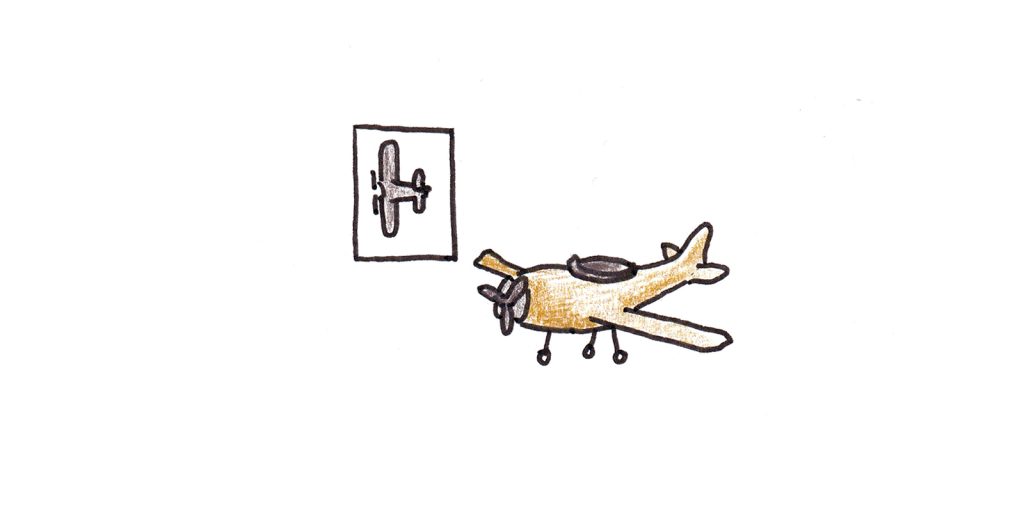
Problem solving has a few drawbacks. The most obvious is that you might not figure out the best method on your own. In that case, you may end up practicing a poor strategy and have difficulty correcting it later.
A subtler difficulty with problem solving is that it may distract you from learning the underlying patterns of the problem. Say you’re trying to solve a Rubik’s cube by twisting around the shapes randomly to try to get a pattern. In this case, even if you stumble upon a helpful technique, you might not notice it because your attention is directed entirely at completing the goal.1
One remedy for this problem is to start by studying worked examples or demonstrations of how to solve the problem. This can help you understand the best methods to solve a problem before trying it yourself.
2. Retrieve, Don’t Reread
Retrieval practice is the process of testing yourself with a closed book. It lets you check your knowledge, and it is one of the most effective ways to learn.
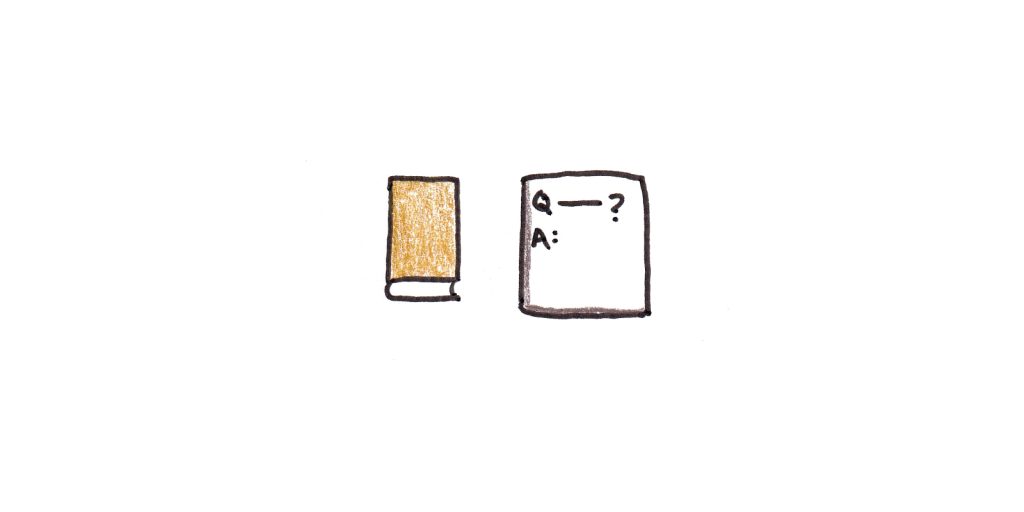
Free recall is the simplest way to practice retrieval. After a lesson, give yourself a blank piece of paper and try to remember everything you can. When you finish, go back and see what you missed.
Flashcards are another way to practice retrieval. If a complex skill has hard-to-memorize parts, breaking those off as flashcards can ease your working memory burden.
Practice questions and mock tests can also be good resources for drilling down knowledge.
A tension exists between the benefits of retrieval and studying examples. If the pattern for solving a problem is in your memory, retrieval practice suggests you’re better off solving the problem on your own, without help. On the other hand, if the relevant pattern isn’t in your memory, you will have to default to search processes, which can be slow and make it harder to acquire the needed patterns.
You can resolve this problem by alternating between attempting a problem yourself and reviewing the solution. With more experience, shift your emphasis to problem solving and work on challenging problems for longer before checking the solution.
3. Spread Out Your Sessions
Cramming is bad. This isn’t because it doesn’t work—every student knows that a night of hard studying can make a difference right before a test. The peril is that what is crammed is soon forgotten.
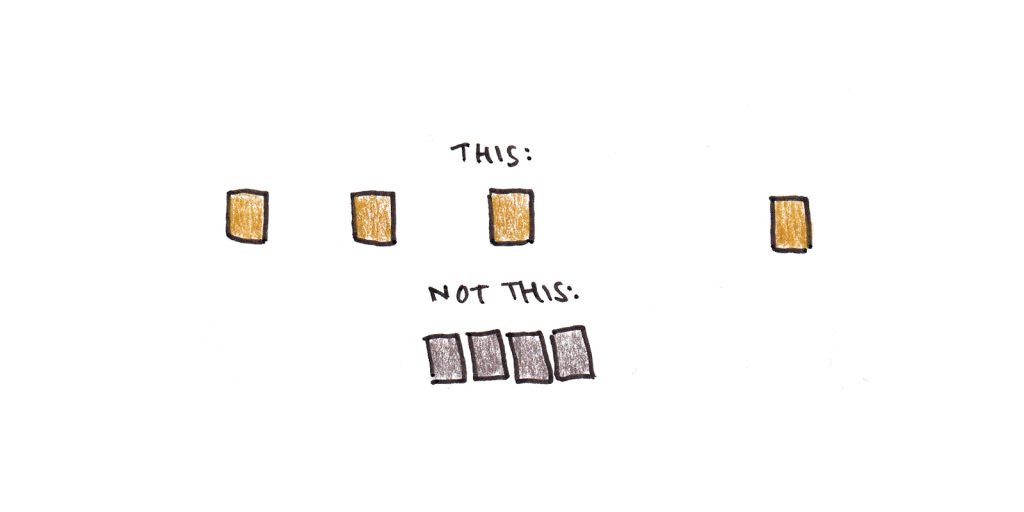
The spacing effect refers to the benefit of spreading studying sessions out over time. The same fact, procedure or problem done five times takes the same amount of total studying time whether you do it in succession or spread out over five days. But the latter will result in much more durable memories.
For factual knowledge, spacing can be accomplished easily with flashcards. Spaced repetition systems make use of the spacing effect in timing when to review each card.
For other skills, the best way to benefit from spacing is to mix in practice of older skills while learning new ones. A ten minute review practice to work on previous material before moving onto new skills can make a huge difference.
4. Mix Up Your Practice
Your brain is a prediction machine. Behind the scenes, it is constantly trying to determine what knowledge might be useful. This is incredibly advantageous, but it can create problems for practice.
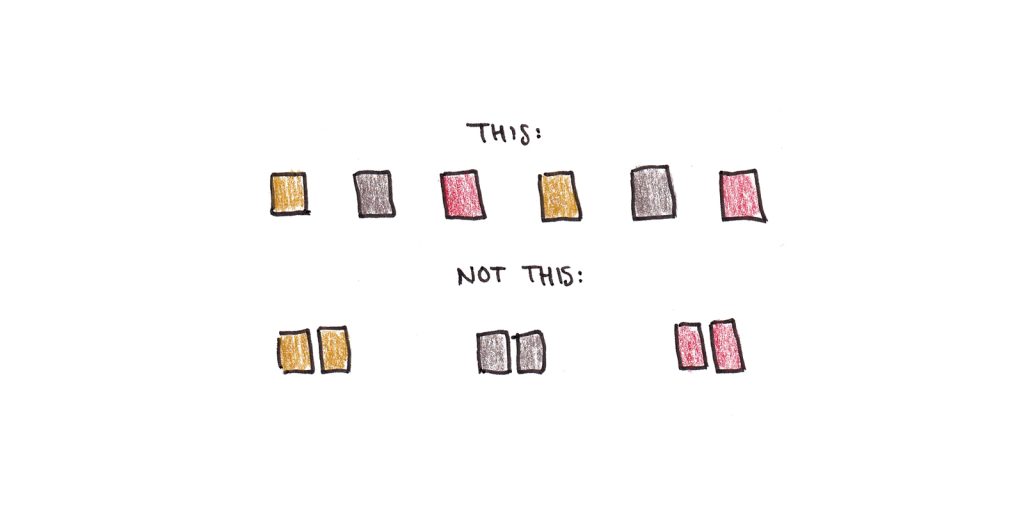
One such problem comes from blocking, i.e., when you practice the same skill repeatedly in predictable blocks. This happens when you do all the problems from Unit 1, followed by Unit 2, or when you drill your tennis backhand exclusively, followed by your forehand stroke. With such predictability, your brain learns to easily predict problems of a certain type and makes knowledge for solving them more available.
Yet, problems don’t come in neat packages divided by units in real life! This is why we need to mix up our practice. If we don’t know what type of problem we’re solving before we attempt it, we can only rely on the features of the problem itself. This alone makes our practice more closely approximate the real thing.
5. Put Confusing Examples Side-by-Side
Whenever you make a mistake, it’s important to figure out why. One place mistakes are common is when very similar situations or cues require different responses. You might mix up the Chinese characters å·± and å·², confuse coronal for sagittal planes, or not be sure when you should code with a for-loop or a while-loop.
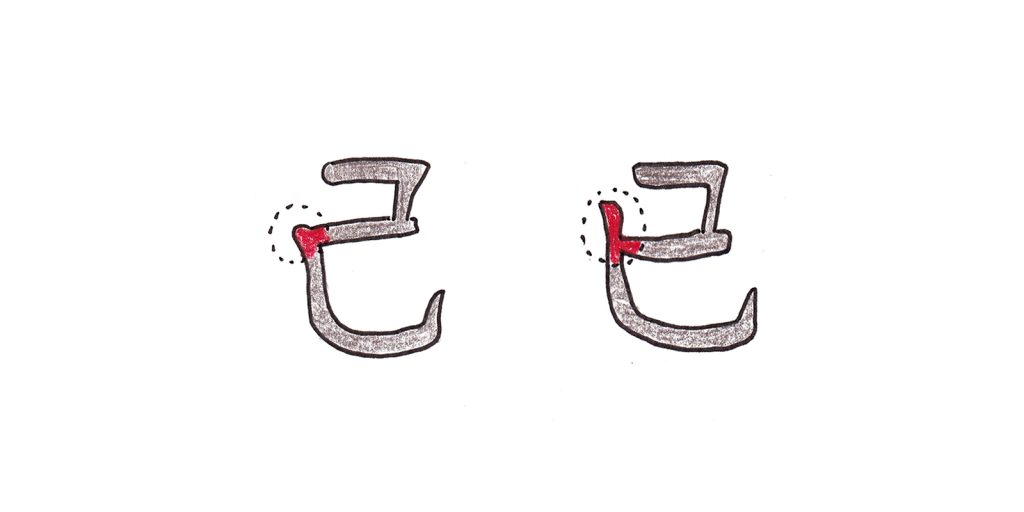
Any time you face this type of mix-up, put the examples side-by-side so you can see what distinguishes them. If you’re not sure, ask someone who knows so they can point you in the right direction. The worst thing to do is simply hope that the confusion will sort itself out through repetition.
6. Use Self-Explanations
When learning a new method or problem-solving procedure, always walk through and explain each step to yourself. Repeated drills can help you memorize material but don’t always facilitate understanding. So when the format of the question changes slightly, you might not be able to adjust.
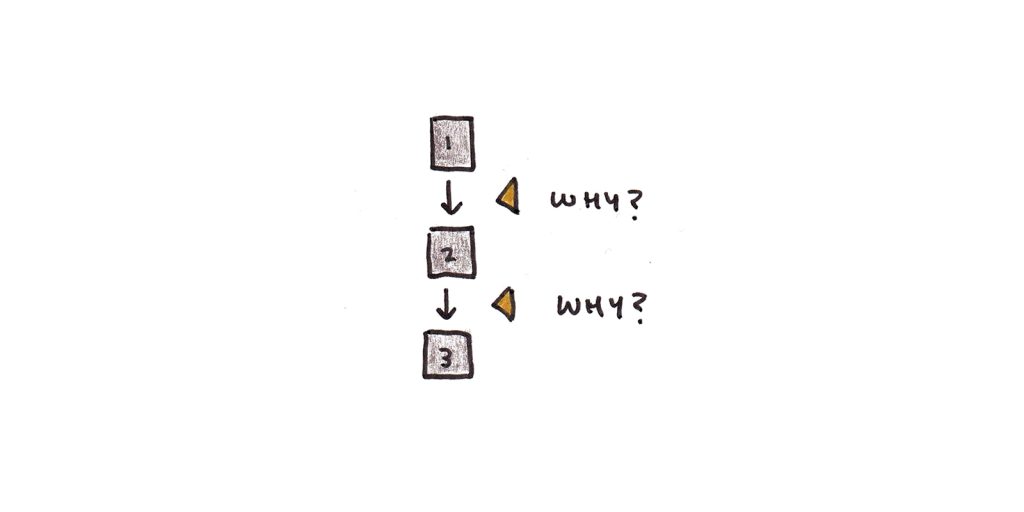
Effective practice is built on understanding. If you see a step that doesn’t seem well-motivated, try to explain it yourself. Failing that, seek out someone else to tell you why you need to do it that way.
7. Analyze Your Past Performance
For skills at the limits of your abilities, it’s impossible to monitor your performance and simultaneously improve it. The fix is to record yourself performing the skill and review it after.
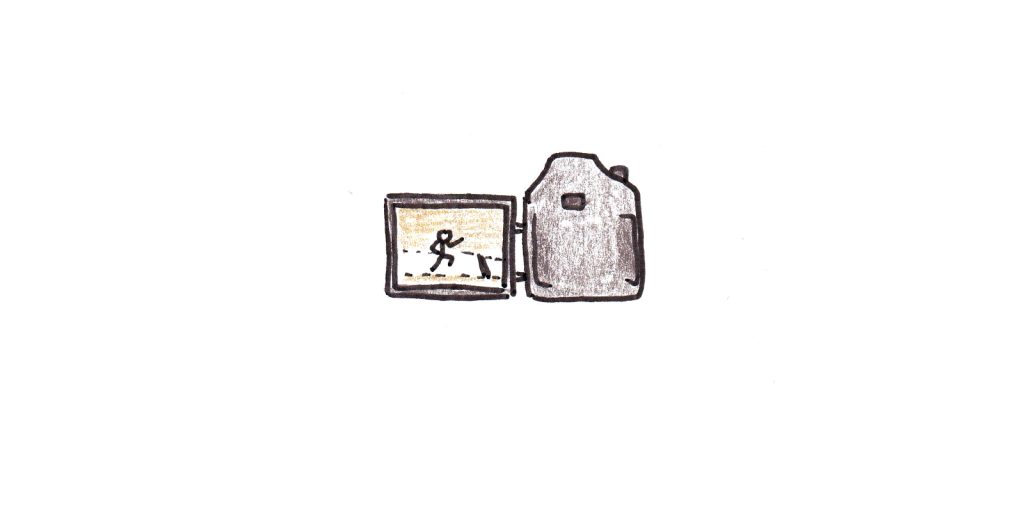
Videotaping yourself while performing complex skills is a powerful tool for analysis. For skills like public speaking, martial arts or running a race, you can’t see yourself as an outsider would. This can lead to misperceptions about how you’re performing a skill. For instance, you might think you’re speaking slowly, but you’re actually talking too fast!
The other advantage of watching a recording of yourself is that you can focus all of your precious mental bandwidth on performing the task and only later analyze the effort.
8. Use the 85% Rule for Sliding Difficulty
How hard should you make your practice questions? The 85% Rule is an effective heuristic for choosing the difficulty of tasks that have a clear correct/incorrect distinction. If you can adjust the difficulty smoothly, you can fine-tune it to pick a level that’s not too hard or too easy. You are in the right ballpark when you are correct about 85% of the time.
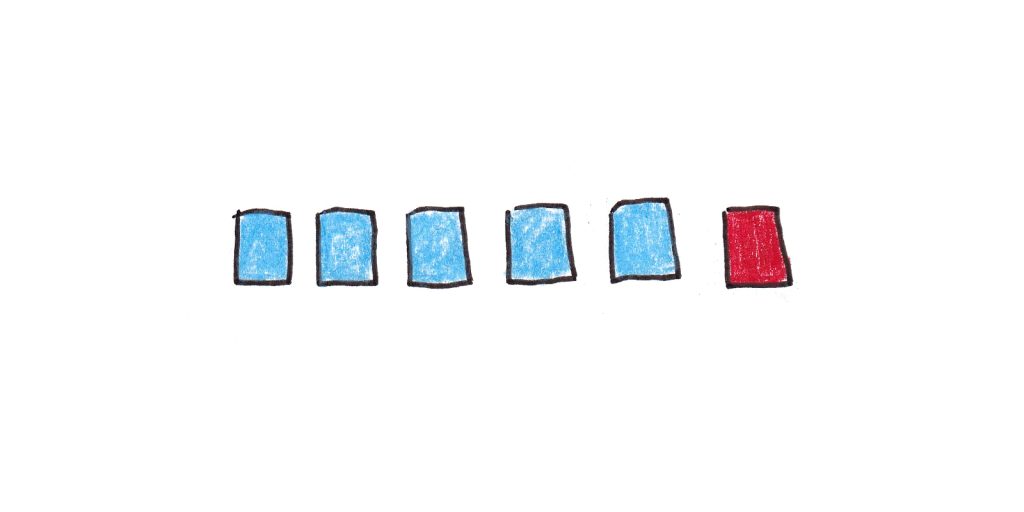
Consider trying to listen to someone speaking in a foreign language to improve your ability to hear pronunciation. If you do drills with recorded sentences, you might want to pick questions where you hear correctly around 85% of the time. Less than that, and you’re likely making the task too difficult, thus making learning less efficient (and more frustrating).
For skills with lumpier difficulty gradients (such as physics problems) or where the metric for success is unclear (as with writing an essay), the 85% rule is more of a rough heuristic than a precise number. But you can still use the idea of fine-tuning difficulty so you’re succeeding most (but not all) of the time.
9. Improve Your Feedback
Feedback comes from different sources and has different qualities.
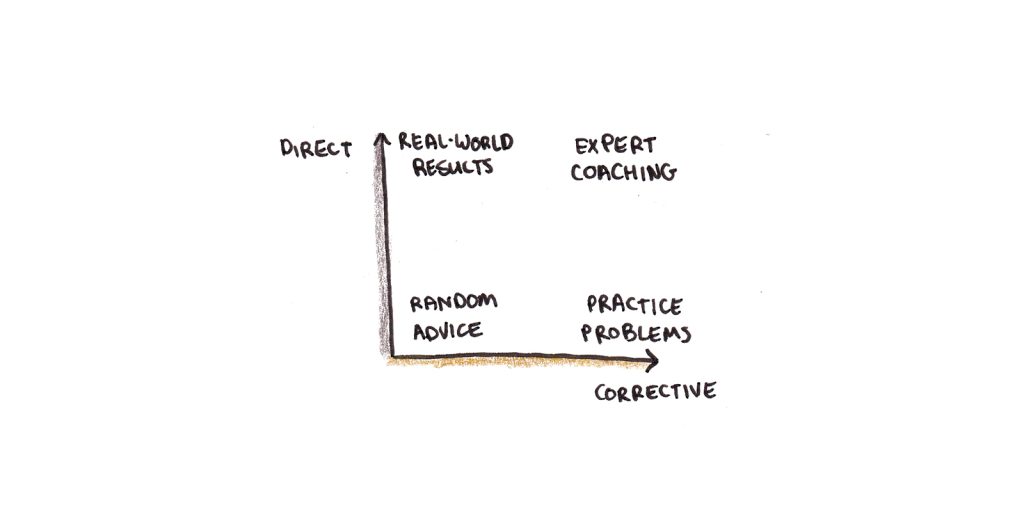
First, we can evaluate the source. Sources range from direct to indirect. Direct feedback is related to the result you’re trying to achieve—say sales for a product launch, bug-free code, or hitting a home run. You either achieve the result, or you don’t. Indirect feedback comes from other people and is a commentary on your performance rather than its outcomes.
In general, direct feedback is more accurate than indirect feedback, assuming you’re clear about what “reality” you’re trying to influence. If your goal is to be a better programmer to get a promotion, then writing code that pleases your boss may be the “real” feedback, not the speed or efficiency of your software.
However, direct feedback often isn’t constructive. It doesn’t tell you what you did right or wrong, and it can’t suggest methods for improvement. This is where indirect feedback can be more helpful.
Ideally, you should seek out both. Direct feedback gives you a valid measure of your success. Indirect feedback gives you tools and knowledge to make improvements.
10. Match Your Practice to Real Life
Naively, we often view the mind like a muscle—give it training, and it improves. This is true, but our improvements are much more specific than the muscle analogy implies. Practice at one task transfers far less than we think to unrelated tasks.
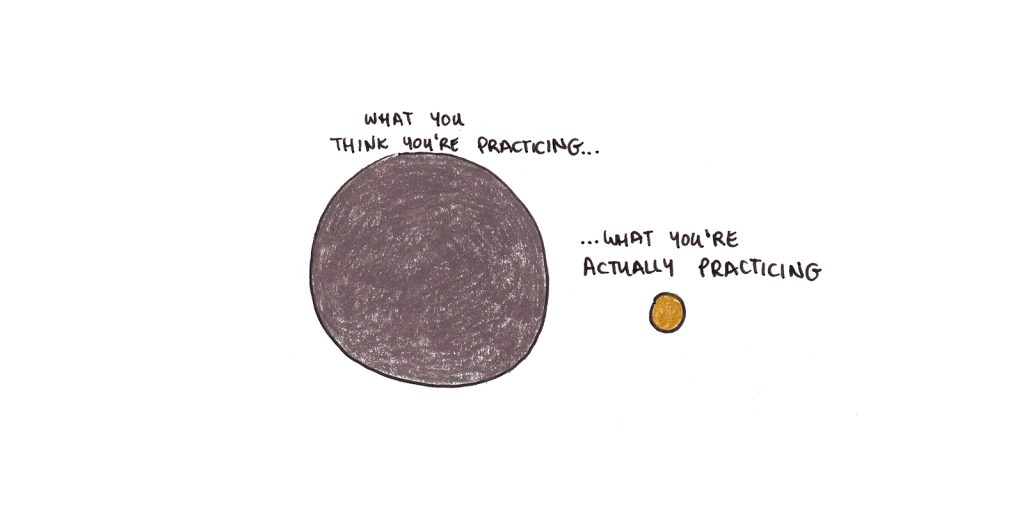
If you want to improve your practice efforts, get really clear on what you’re trying to get good at. Are you learning a language to have conversations? Travel? Read literature? Watch movies? Some basics will overlap in each of these, but the exact skills needed will differ for each. Tons of practice ordering food at a restaurant won’t help much in reading a comic book.
Academic skills often have well-defined standards for achievement. Studying for a test can be measured fairly accurately against the tests you take in class. But real-life skills are often murkier. Is being a successful entrepreneur largely a matter of knowing business theory? Accounting? Finance? Marketing?
The more ambiguous the skill, the more critical it is to move back and forth between deliberate practice and doing the real thing. The former is often needed to make improvements, but the latter is essential for figuring out what approach is required in the first place.
What practice activities do you do to get better every day? Share your thoughts in the comments.
Footnotes
- See my essay reviewing cognitive load theory for details.


 I'm a Wall Street Journal bestselling author, podcast host, computer programmer and an avid reader. Since 2006, I've published weekly essays on this website to help people like you learn and think better. My work has been featured in The New York Times, BBC, TEDx, Pocket, Business Insider and more. I don't promise I have all the answers, just a place to start.
I'm a Wall Street Journal bestselling author, podcast host, computer programmer and an avid reader. Since 2006, I've published weekly essays on this website to help people like you learn and think better. My work has been featured in The New York Times, BBC, TEDx, Pocket, Business Insider and more. I don't promise I have all the answers, just a place to start.